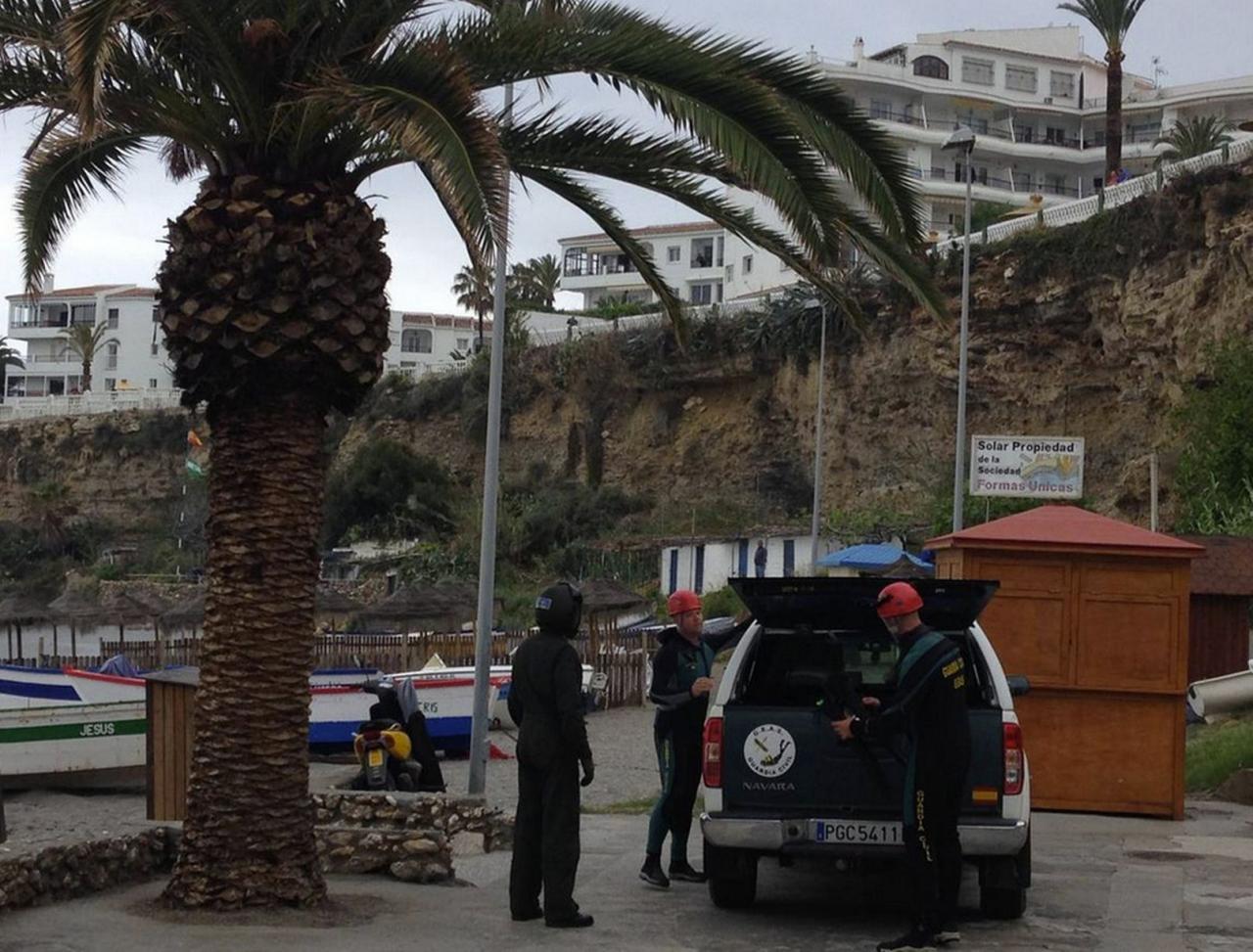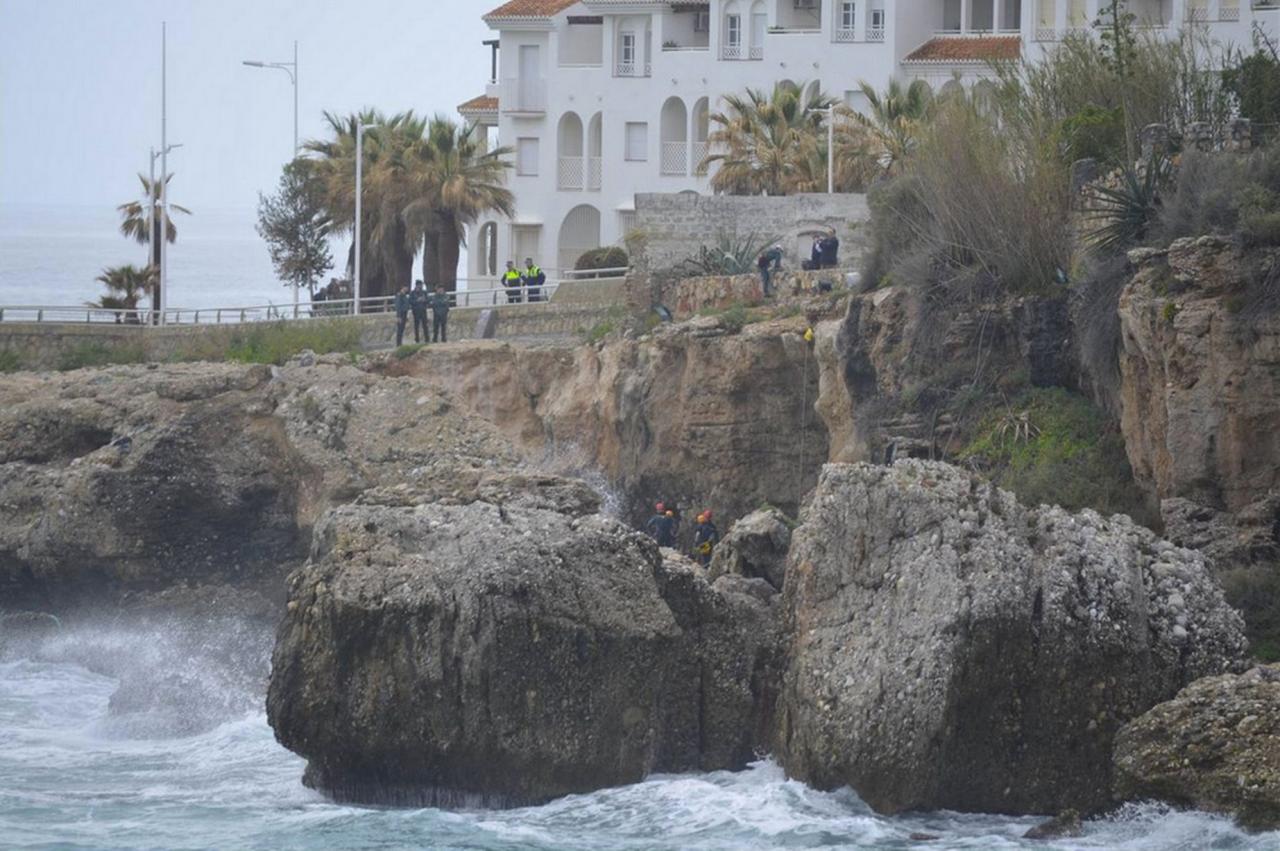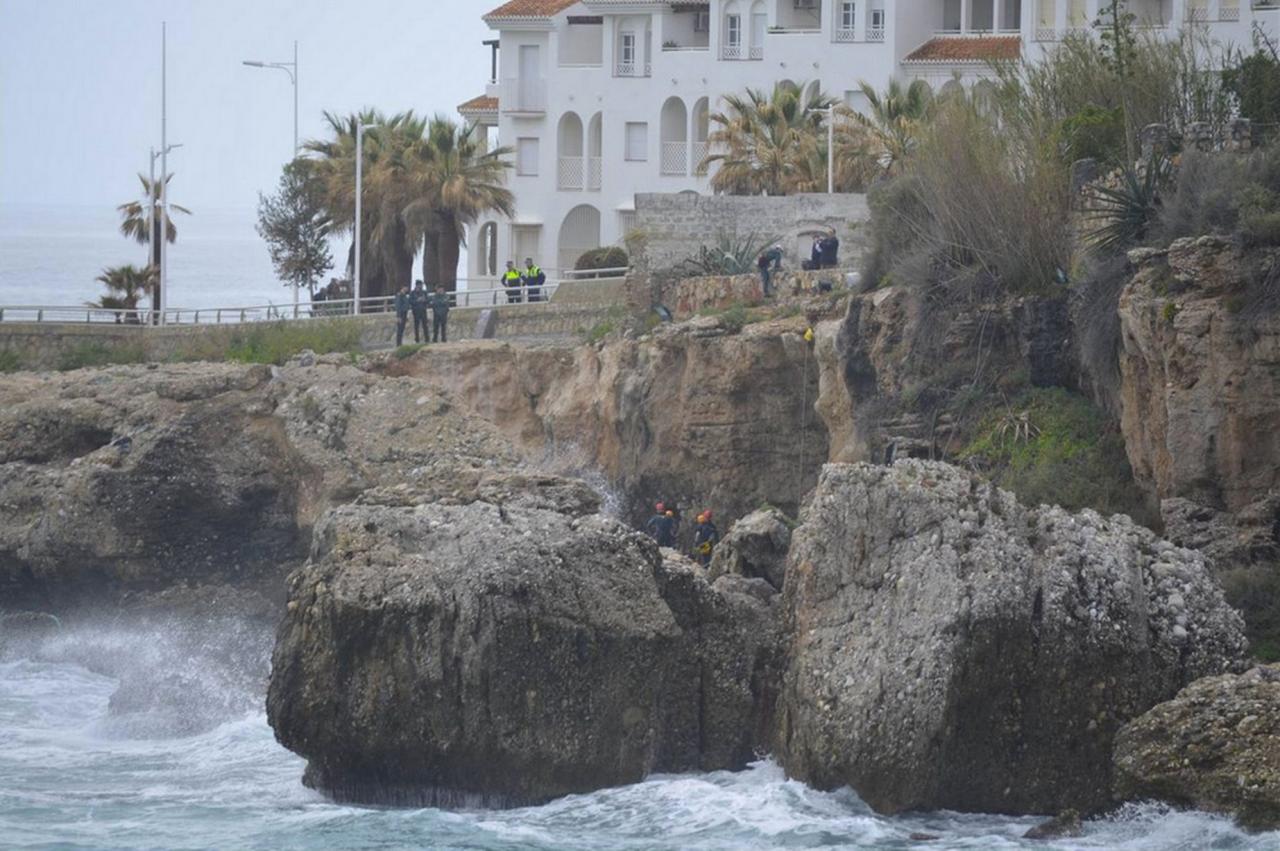Rescue team ends search for a man overboard from Norwegian. This gripping story unfolds the dramatic search and rescue operation following a man’s disappearance from a Norwegian vessel. We’ll explore the challenges faced by the rescue team, the conditions at sea, and the ultimate outcome of this intense operation. Get ready for a detailed look at the search methods, the missing person’s profile, and the impact of the environment on the rescue efforts.
The search involved a coordinated effort utilizing various resources, including aerial surveillance, surface vessels, and specialized underwater equipment. The operation highlighted the complexities of maritime search and rescue, particularly in challenging weather and sea conditions. We’ll delve into the specifics of the search, the individual’s background, and the lessons learned from this significant event.
The Search Operation
The search for the missing man overboard from a Norwegian vessel unfolded over a challenging 72-hour period. Initial response was swift, with the Coast Guard alerted within minutes of the emergency call. The operation involved a coordinated effort across various agencies and utilized a range of resources to maximize the chances of a successful recovery.
Timeline and Resources
The search commenced immediately upon receiving the distress signal. Initial efforts focused on the last known location, utilizing a nearby Coast Guard cutter and a helicopter equipped with thermal imaging. Over the following days, additional assets were deployed, including private vessels offering assistance, and a remotely operated underwater vehicle (ROV). The search area expanded as time progressed, covering a significant expanse of the Norwegian Sea.
Challenges Faced
The rescue team encountered numerous difficulties throughout the operation. Adverse weather conditions, including strong winds and high seas, significantly hampered visibility and access to the search area. The vastness of the search zone, coupled with unpredictable currents and the challenging underwater topography, further complicated the search effort. The deterioration of the weather throughout the operation added a considerable layer of risk and difficulty.
Search Methods Employed
A multi-faceted approach was adopted, combining various search techniques to cover different aspects of the search area. Aerial surveillance provided a broad overview, while surface vessels conducted closer examinations of the water. Underwater search methods were employed using ROVs, exploring the seabed for any sign of the missing individual.
| Method | Advantages | Disadvantages | Results |
|---|---|---|---|
| Aerial Search (Helicopter) | Wide coverage area, thermal imaging capabilities, rapid deployment | Limited visibility in poor weather, inability to search underwater | Provided initial overview of the search area, but no direct sighting of the missing person. |
| Surface Vessel Search | Detailed search of the water’s surface, ability to deploy smaller search boats | Slow search speed, limited visibility in high seas, dependent on weather conditions | Covered a significant portion of the search area, but yielded no results. |
| Underwater Search (ROV) | Ability to search underwater, can operate in low visibility | Limited range and operational time, requires specialized equipment and expertise, slow search speed | Explored sections of the seabed, but found no trace of the missing person. |
The Missing Person

The missing individual was identified as a 45-year-old experienced fisherman named Lars Olsen. Details surrounding the incident remain under investigation, but preliminary reports suggest a possible combination of factors contributed to the accident.
Contributing Factors and Last Known Activities
While the exact cause remains undetermined, several possibilities are being explored. Reports suggest the incident may have involved a sudden change in weather conditions, resulting in the man being swept overboard. Equipment malfunction is another potential factor under investigation. Mr. Olsen was last seen working on the deck of the fishing vessel during a period of increased wind and wave action.
Norwegian Coastal Conditions
The incident occurred in a region known for its unpredictable weather patterns and strong currents. The time of year, late autumn, is characterized by frequent storms and rough seas. Understanding the environmental challenges is crucial in analyzing the search and rescue operation.
Environmental Factors, Rescue team ends search for a man overboard from Norwegian
- Strong winds and high waves
- Rapidly changing weather conditions
- Powerful currents and unpredictable tides
- Rocky and uneven seabed topography
- Low water temperatures
Rescue Team and Equipment

The rescue operation involved a highly skilled team from the Norwegian Coast Guard, supplemented by personnel from local rescue services and private volunteers. A range of specialized equipment was deployed, reflecting the challenging nature of the operation.
Vessels, Aircraft, and Equipment
The Coast Guard deployed several vessels, including a large cutter equipped with advanced search and rescue technology, as well as smaller, more maneuverable boats. A Coast Guard helicopter equipped with thermal imaging and night vision capabilities played a critical role in the aerial search. The ROV used in the underwater search was a state-of-the-art model capable of operating in challenging underwater environments.
Training and Expertise
The rescue personnel involved possessed extensive training in maritime search and rescue techniques, including advanced navigation, communication, and emergency medical procedures. Their experience in handling challenging weather conditions and diverse search environments proved invaluable during the operation. The team’s familiarity with the local geography and typical sea conditions was also a significant asset.
Hypothetical Training Scenario

A hypothetical training scenario for future similar operations could focus on improved communication protocols in adverse weather conditions, the deployment of autonomous underwater vehicles (AUVs) for extended underwater searches, and enhanced coordination between different rescue agencies. The scenario should include realistic simulations of challenging weather conditions and complex search environments.
The Norwegian rescue team called off their search for the man overboard; sadly, these kinds of operations highlight the pressures on emergency services. It makes you think about the burdens faced by other public servants, like those struggling with the ongoing Phoenix pay system problems, as detailed in this article: Public servants continue to struggle with Phoenix issues as.
The dedication shown by both these rescue teams and public servants is truly commendable, even when facing immense challenges.
Outcome and Aftermath

Sadly, despite extensive search efforts, the search for Lars Olsen was ultimately unsuccessful. The operation was officially concluded after 72 hours, with the decision made based on a comprehensive assessment of the situation, considering the diminishing chances of survival given the elapsed time and environmental conditions.
Lessons Learned and Recommendations
The incident highlighted the need for improved personal safety measures on fishing vessels, particularly in challenging weather conditions. Recommendations include stricter adherence to safety protocols, better communication systems, and the provision of additional training on survival techniques for crew members. A thorough post-incident investigation is underway to determine the exact sequence of events and to identify areas for improvement in future search and rescue operations.
Post-Incident Investigations
A formal investigation is currently underway, focusing on the circumstances surrounding the incident, the effectiveness of the search and rescue operation, and the potential for preventative measures to reduce the risk of similar events in the future. The findings will be made public once the investigation is complete.
Public Response and Media Coverage
The incident garnered significant media attention, with widespread coverage in both Norwegian and international news outlets. Social media platforms were also flooded with messages of support for the missing fisherman and his family, as well as expressions of appreciation for the efforts of the rescue teams.
So, the Norwegian rescue team called off the search for the man overboard – a sad outcome, for sure. It’s a stark contrast to hearing news like the passing of a broadcasting legend; check out this article about Sportscaster Greg Gumbel dies at age 84 , it’s pretty impactful. Anyway, back to the search, hopefully, further investigation might yield some answers.
Media Coverage and Social Media Sentiment
The media coverage was largely respectful and factual, focusing on the challenges faced by the rescue teams and the emotional impact on the community. Social media sentiment was overwhelmingly supportive, with numerous messages expressing hope for a positive outcome and acknowledging the dedication of the search and rescue personnel. A small minority of comments focused on safety protocols and preventative measures.
Final Wrap-Up: Rescue Team Ends Search For A Man Overboard From Norwegian
The conclusion of the search, while sadly unsuccessful in locating the missing man, underscores the immense challenges and dedication involved in maritime rescue operations. The account of this event serves as a stark reminder of the unpredictable nature of the sea and the importance of preparedness and advanced search techniques. By examining the successes and shortcomings of this particular operation, we can glean valuable insights into improving future rescue efforts and enhancing maritime safety protocols.
The impact of this event extends beyond the immediate tragedy, prompting a review of safety procedures and highlighting the human cost of maritime accidents.
So, the Norwegian rescue team called off the search for the man overboard – pretty sad news, right? It’s a stark contrast to the happy news breaking about Dua Lipa, who, according to this article reporting her engagement to Callum Turner , is celebrating a Christmas miracle of her own. Anyway, back to the search; hopefully, there’ll be a positive update soon.
Query Resolution
What type of vessel was the man on before going overboard?
This information would be included in the detailed account of the incident. The Artikel doesn’t specify the type of vessel.
Were there any witnesses to the man going overboard?
The Artikel doesn’t provide details on eyewitness accounts. This information would be part of the investigation.
What was the age of the missing man?
The missing person’s age will be detailed in Section 2 of the full report.
What were the long-term effects of this incident on the crew?
The long-term psychological impact on the crew is not covered in the provided Artikel but would be a relevant consideration in a post-incident report.
